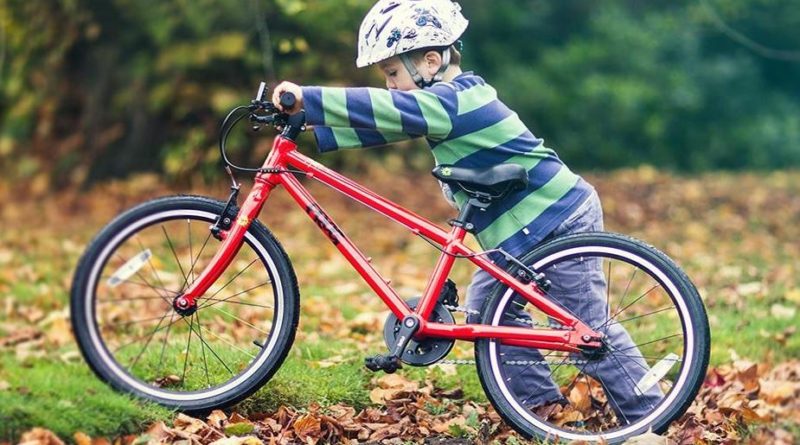Frog bikes release 2021 sustainability report
Frog bikes has released its annual sustainability report, which sees the business report a just over 10% reduction in total emissions, versus our baseline of 2019.
The brand highlights that this was achieved despite a 14% increase in the number of bikes it built.
The report goes into detail under a number of headings. Of these, the following are headlined:
Product Innovation
Through extensive research and careful sourcing, we have developed kids’ bikes that are designed for longevity and that are robust and reliable, with bikes crafted using premium-quality materials, ensuring customers benefit from being able to hand the bikes down to siblings or friends or make use of a strong resale value and trade-in opportunities.
Supply Chain
When designing, changing or modifying bikes, Frog ensure they consider the complete Supply Chain and the potential impact it may have on the environment.
Packaging
A reduction in Co2 emissions by approximately 16 tonnes a year has been achieved by implementing packaging alterations.
Whilst understand that bikes need to be safely packaged and protected, the brand remains aware of the impact of packaging waste that ends up in a landfill, and is dedicated to making packaging as sustainable as possible.
Boxes are made from 82% recycled paper and are 100% recyclable, with a focus on recycled and renewable materials wherever we can.
Operations
In the general operational running of the business, Frog aim to curb waste and minimise carbon footprint, having a minimal negative impact on the environment, by assessing all ecological measures.
Decarbonisation
Frog acknowledge they have significant & ethical responsibility in their overall ambition to achieve a net-zero carbon footprint. Our decarbonisation project, which was initiated in August 2020, is to help us find ways to extend the useful life of our bicycles and their components.
This includes:
- Increasing the number of uses for each bicycle
- Reusing and remanufacturing componentry to extend their life
- Recycling materials when each bike reaches the end of its useful life
These changes will deliver substantial carbon savings by using fewer new materials (especially aluminium) within the supply chain, and by reducing the distance that materials are shipped around the globe.
The full 2021 report can be found here.
The Welsh cycling brand reported in December of 2021 that overseas demand was “more than double” on next years’ books, prompting the business to increase its headcount by “more than a third” going into 2022.



